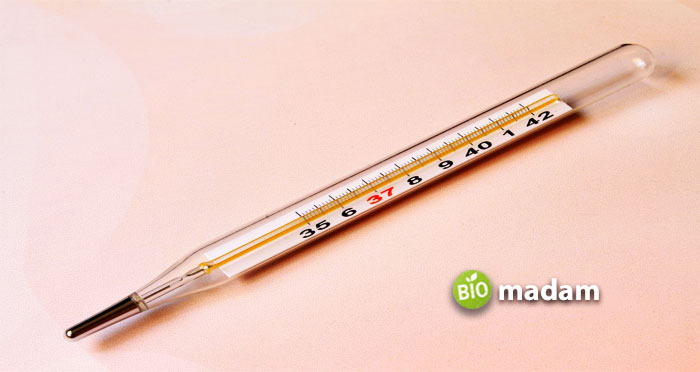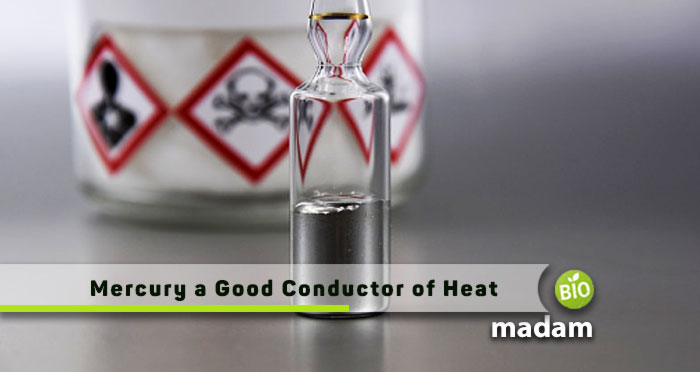Recently updated on February 21st, 2023 at 12:25 pm
Until today, the only metal known to exist as a liquid was mercury. In addition, it has a high thermal expansion coefficient. Therefore, we should keep these two things in mind before answering this question.
All materials have a coefficient of thermal expansion, which specifies how their size changes as temperature changes. We already understand that mercury seems to have a high thermal expansion coefficient because of its high temperature. Consequently, even the tiniest temperature fluctuation is visible in the mercury container’s form. Thermal conductivity is also relatively high. In addition to this, it has a low boiling point, which makes it ideal for measuring temperatures over a certain degree. Mercury is an excellent conductor of heat because of all of these properties, and that’s why it has a wide range of applications, particularly in measuring equipment.
Thus, we may conclude that the stated claim is correct.
Mercury is most commonly used in traditional clinical thermometers. However, the use of mercury in conventional thermometers for temperature measurement has been questioned on occasion. The statement can be attributed to any or all of the attributes listed above. To summarize, mercury is employed in thermometers because it is an excellent conductor of electricity.
Why is Mercury used in Thermometers?

Because of its many benefits, mercury is commonly found in thermometers. Mercury thermometers have the following advantages:
- Mercury is an excellent heat conductor. As a result, the mercury level serves as a rapid and reliable temperature indicator.
- For a thermometer, mercury is purchased in its purest form.
- A capillary tube filled with mercury may be easily observed since it is opaque and bright.
- When mercury is placed on a glass surface, it does not adhere to it. The capillary glass tube allows for this to happen.
- Throughout the whole temperature range, mercury expands at the same rate. So it provides the correct temperature reading.
- Mercury expands quite a little when the temperature changes, even by a modest amount. Marking the thermometer’s surface is a simple solution to this problem.
- Mercury has a freezing point of –39oC and a boiling point of 357oC. Therefore it remains liquid for a long time.
- Mercury is less prone to spontaneous combustion than other metals. Mercury rises and falls even if a bit of quantity of mercury vapor stays just above liquid mercury in the thermometer.
- Although, silver is a better heat conductor than mercury, it still expands rapidly; thus indicating a quick temperature change.
- Because mercury doesn’t dampen glass, a false reading is produced as the thread slips through the needle.
- Despite its low boiling point, mercury is extremely difficult to evaporate.
- Since it is a metal, it is an excellent heat conductor. As a result, it is highly responsive to temperature fluctuations.
- Mercury rises linearly with temperature changes unless the temperature is exceptionally high.
- Because mercury reaches its boiling point at 357° Celsius or 674° Fahrenheit, it may detect higher temperatures. At – 39 Celsius, Mercury can only be utilized since it freezes at this point.
It’s hard to beat mercury thermometers for affordability, durability, and accuracy. However, the dangers they pose to people and the environment are numerous. Safety and environmental concerns have led to more rigid rules requiring the removal of mercury-containing items. Thus their usage is increasingly confined to industrial and technical settings. For pregnant women, babies, and toddlers, mercury is highly toxic.

Anna has completed her degree in Pharmacy from the University of Hawaii. She is serving as a research assistant in a pharmaceutical company. She had a great interest in writing blogs, traveling to different parts of the US, and trying delicious recipes in her spare time.

